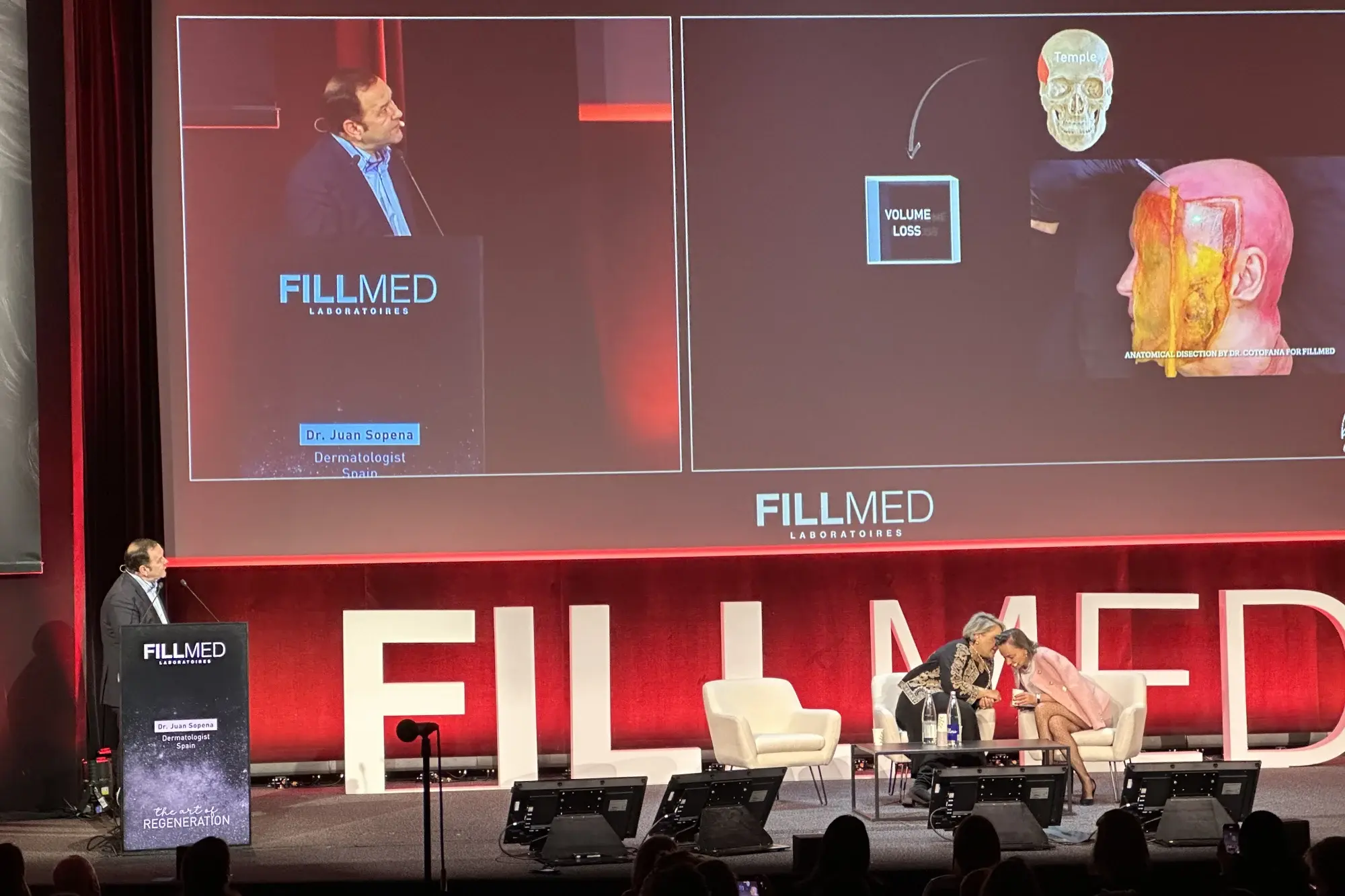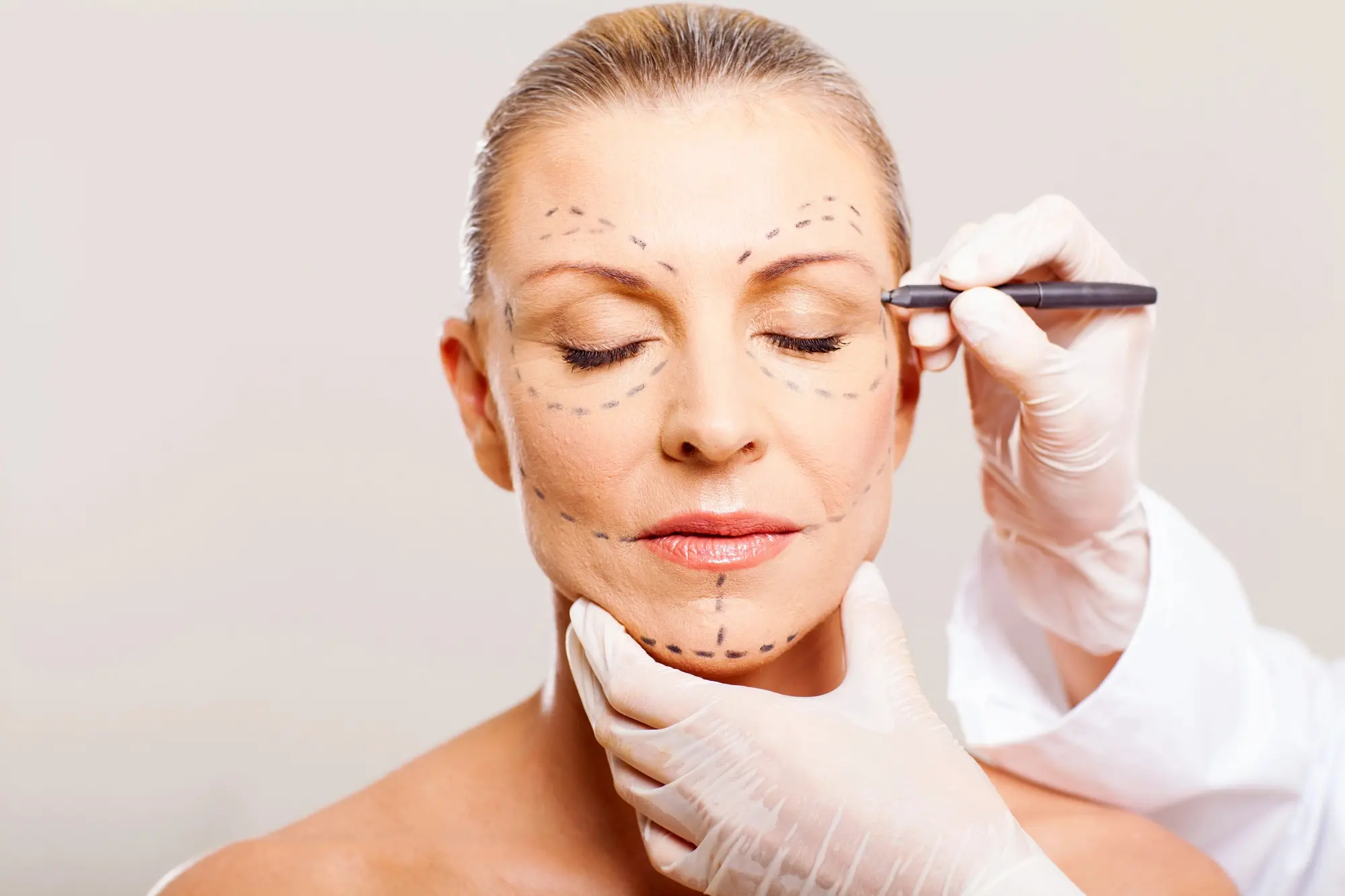Functional aesthetics is transforming the way medical professionals treat patients with aesthetics. It combines aesthetic medicine principles with body well-being so that, in addition to appearing good, patients feel healthier and more in harmony.
As interest in individualized and preventive treatment grows, practitioners are discovering that functional treatment approaches can deliver safer, more long-lasting results with added benefits to patients’ overall wellness goals. This trend is building a new paradigm for practice in which beauty and health are no longer treated as separate concepts but as complementary elements of patient well-being.
In this article, we’ll explore what functional aesthetics truly means and how it combines functional and aesthetic medicine.
Key Takeaways
- Functional aesthetics combines aesthetic and functional medicine to treat both root causes of health issues and outward skin concerns.
- In addition to speedy fixes (like IV therapy or weight loss injections), functional aesthetics prioritizes long-term, holistic treatment regimens.
- The approach analyzes diet, lifestyle, gut health, hormones, stress, and other underlying factors leading to overall health and skin problems.
- Physicians who adopt functional aesthetics can provide individualized, integrated care that improves outcomes and reinforces patient trust.
- This dual model positions practitioners at the forefront of a new aesthetic wave towards prevention, safety, and whole-person care.
What Is Functional Aesthetics?
Functional aesthetics is, at its core, the intersection of two streams of medicine: functional medicine and aesthetic medicine. By integrating them, they create a holistic model of care that looks at patients as whole people, not treating them for cosmetic problems.
Functional medicine is root-cause and evidence-based. True functional medicine in aesthetics takes a holistic treatment approach, addressing each patient individually by evaluating lifestyle habits, diet, gut health, hormone imbalances, inflammation, cortisol fluctuations, stealth infections (such as parasites), stress levels, and more.
Health and skin issues are rarely caused by a single factor or resolved with a single intervention. Because the body is deeply interconnected, effective care often requires a comprehensive, regenerative aesthetics strategy guided by a professional skilled in functional medicine. A landmark study by the Cleveland Clinic Center for Functional Medicine found that patients treated with functional medicine approaches showed statistically significant improvements in multiple quality-of-life indicators compared to standard care.
Aesthetic medicine, however, enhances looks, skin wellness, and rejuvenation by using therapies like injectables, peels, lasers, and regenerative therapies.
Together, the two disciplines produce a 360-degree result. Functional medicine corrects underlying imbalances that may lead to visible problems such as premature aging, acne, or lackluster skin. At the same time, aesthetic treatments deliver precision-enhancing enhancements to restore confidence and appearance. This union ensures that not only do patients appear their best, they also feel better, promoting results that are both successful and lasting.
A board-certified dermatologist, Serena Mraz, MD (Vallejo, Calif), explained that without a healthy internal foundation, even the most advanced aesthetic treatments fall short. She further stated that pairing aesthetic interventions with individualized, whole-person health optimization is essential to ensure patients not only look their best but also feel their best.
Check out Medica Depot’s product range for a quick look at advanced treatments that support functional approaches.
Common Functional Aesthetic Treatments
A growing list of therapies and procedures is being promoted in the practice today under the broad label of functional aesthetic treatments. These are not only designed to make one beautiful on the outside but to enhance internal balance and long-term wellness in the body.
Among the most popular function aesthetics services used are:
- IV therapy: Often used as an adjunctive treatment to aid detoxing, replenish essential nutrients, and boost energy levels in the healing process.
- Hormone replacement therapy (HRT): Corrects imbalances that cause fatigue, weight gain/loss, and changes in skin texture.
- Weight management therapies: Such as semaglutide or similar medications, can support metabolic control and lifestyle change.
- Regenerative aesthetics: Aesthetic interventions such as platelet-rich plasma (PRP), stem cell therapy, or microneedling with biologics that facilitate natural tissue repair and regeneration.
While these treatments are valuable, they are most effective when incorporated into whole approaches, including foundational aspects of nutrition, sleep, gastrointestinal health, and stress management. Clinicians who embrace this dual model focus on patient wellness and safety, with outcomes far transcending mere cosmetic value. By blending external reinvigoration with internal wellness, functional aesthetics is the more holistic treatment model of modern practice.

Top 5 Benefits of Functional Aesthetics for Patients
- Root-Cause Focus: Functional aesthetics addresses underlying health and skin issues instead of only treating symptoms.
- Personalized Care: Treatments are tailored to each patient’s lifestyle, genetics, and medical history.
- Holistic Treatment: This model integrates diet, sleep, stress management, and gut health into aesthetic care.
- Long-Term Results: It combines functional medicine strategies with aesthetic interventions for sustainable outcomes.
- Reduced Adverse Effects: Evaluating underlying conditions before treatment minimizes risks from injectables, IV therapy, or HRT.
Why Functional Aesthetics Matters for Doctors
Functional aesthetics care is not a trend but a fundamental change in patient mindset and physician procedure. Contemporary patients are educated, expecting care that improves looks and is conducive to long-term health and longevity. Combining functional and aesthetic techniques enables practitioners to achieve safer, longer-lasting outcomes that address these expectations.
From the medical perspective, integrating functional medicine services with aesthetic practice reduces the threat of side effects, as underlying conditions like hormonal imbalance, inflammation, or nutrient deficiency are identified and addressed before the treatment procedure commences.
For doctors, the advantages extend far beyond the clinical level. Being able to offer functional aesthetics places a practice ahead of the curve and patient-centered, making it salient in a crowded marketplace. Globally, especially in the US and Europe, pioneering clinics are adopting regenerative aesthetics and integrative methods in their procedures as a sign that this model of care is becoming global.
To explore a range of advanced functional aesthetics services and products that support these integrative approaches, visit Medica Depot.
Practical Steps for Physicians to Integrate Functional Aesthetics
Functional medicine practitioners typically follow strict protocols, such as thorough patient histories, advanced diagnostic testing, and customized treatment plans. Here is a step-by-step approach to incorporating functional aesthetics in your practice.
- Conduct a Comprehensive Practice Audit: Evaluate current aesthetic services, patient demographics, and clinical workflows to identify areas where functional medicine integration will be most impactful.
- Define Your Functional Aesthetic Scope: Decide which functional medicine services (e.g., hormone optimization, gut health, metabolic support, regenerative aesthetics) align with your practice model and patient needs.
- Develop a Multi-Disciplinary Team: Train existing staff or onboard specialized functional medicine practitioners to ensure coordinated, individualized care.
- Implement Standardized Assessment Protocols: Use lab testing, lifestyle surveys, and biometric data to uncover root causes before offering aesthetic treatments.
- Design Tiered Treatment Programs: Combining short-term aesthetic interventions with long-term functional medicine plans creates a multi-phase pathway for patient health and appearance.
- Educate Patients on Inside-Out Benefits: Communicate how internal wellness enhances aesthetic outcomes, boosting engagement and compliance.
- Track Outcomes and Adjust: Utilize patient-reported outcomes, clinical metrics, and follow-ups to refine treatment protocols and maximize success.
- Leverage Technology and Telemedicine: Offer remote monitoring, digital consultations, and AI-driven insights to scale functional aesthetic services efficiently.
Conclusion
As aesthetics evolves as a field, the role of functional aesthetics becomes clearer. Through the integration of the goals of functional medicine with the precision of aesthetic medicine, healthcare providers can look beyond superficial outcomes and deliver care that improves appearance and overall health. This holistic model of treatment centers on patient safety, patient individualization, and long-term outcomes, which are values that are fundamental to modern medical practice. For doctors, adopting functional approaches is not merely a gesture toward responding to patient expectations but also a matter of forward-thinking for their practice in an industry increasingly committed to integrative care.
FAQs
1. What is functional aesthetics?
Functional aesthetics is the combination of functional medicine and aesthetic medicine. It entails discovering and treating the root causes of health and skin issues and offering treatments that enable patients to look and feel their best.
2. How is functional aesthetics different from traditional aesthetics?
Traditional aesthetics medicine addresses surface concerns with superficial solutions like peels or fillers, while Functional aesthetics addresses concerns by looking deeper into factors of gut health, hormones, diet, and lifestyle.
3. Is functional aesthetics able to cure acne and other skin conditions?
Yes. Instead of prescribing topical medication or ointments, functional aesthetics addresses root causes like stress, hormonal imbalance, or digestive issues.
4. Are IV therapy or hormone replacement treatments functional aesthetics?
Not in themselves. While IV therapy and hormone replacement therapy (HRT) might be included in the strategy, they do not address the underlying causes of symptoms.
References
- Cleveland Clinic. Cleveland Clinic study finds functional medicine model is associated with improvements in health-related quality of life. Cleveland Clinic Newsroom. Published October 25, 2019. Accessed August 19, 2025. https://newsroom.clevelandclinic.org/2019/10/25/cleveland-clinic-study-finds-functional-medicine-model-is-associated-with-improvements-in-health-related-quality-of-life
- Bland JS. Functional medicine: past, present, and future. Integr Med (Encinitas). 2022;21(2):22-26. doi:10.1016/j.imed.2022.04.001. Available from: https://pmc.ncbi.nlm.nih.gov/articles/PMC9173848/
- Aesthetic Multispecialty Society. Beyond Skin Deep: The Rise of Functional Medicine in Aesthetic Practices. Aesthetic Multispecialty Society. Published June 3, 2025. Accessed August 19, 2025. https://www.multispecialtysociety.com/community/the-aesthetic-multispecialty/articles/beyond-skin-deep-the-rise-of/details









